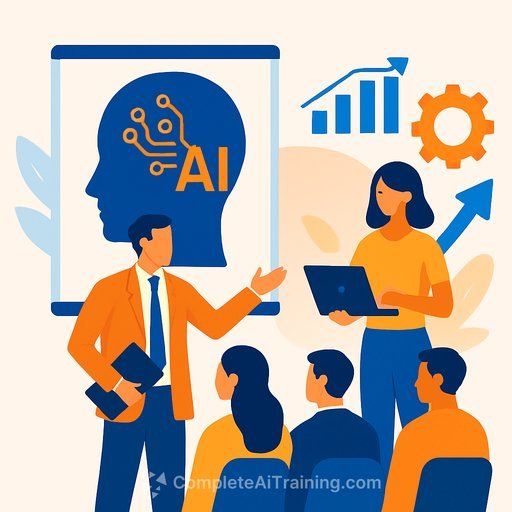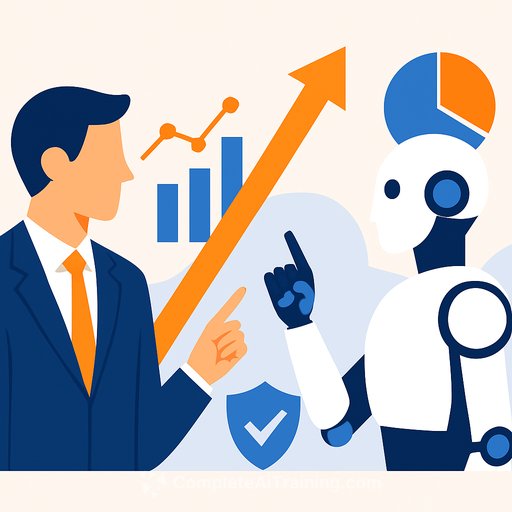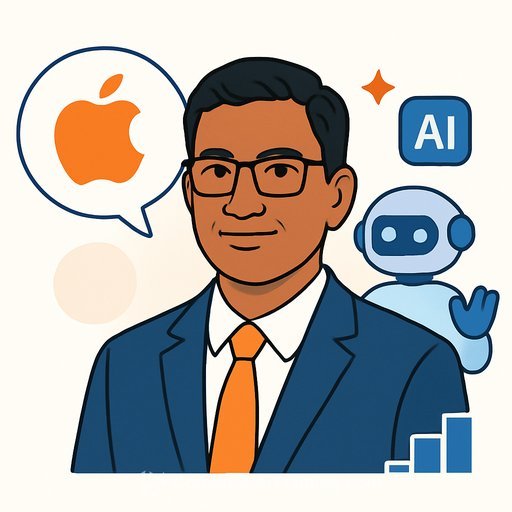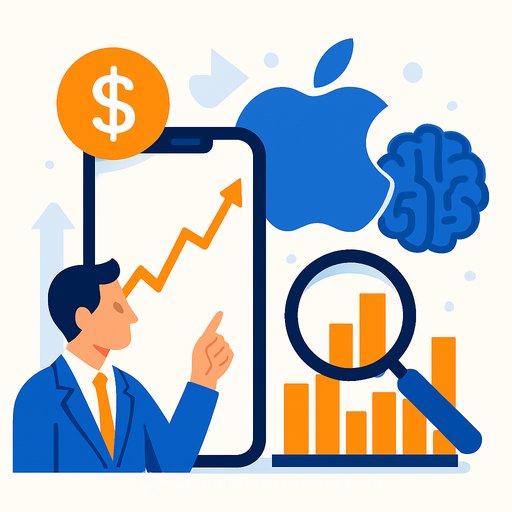Building an AI-Ready Culture: 4 CHRO Strategies to Turn Disruption into Breakthrough
Most companies are treating AI like another software rollout. It isn't. The technology is moving fast, but the real friction is human. Culture, trust, and daily habits will decide who wins. That puts the CHRO at the center of your AI strategy.
Boards want plans. CTOs talk models and data. Useful, but incomplete. The outcome is determined in 1:1s, team rituals, and how managers handle fear, incentives, and new expectations. Treat AI as a people system, and the tech follows.
The Gap Between Hype and Reality
Here's the reality: employees are already using AI behind the scenes. According to KPMG, 57% of workers hide their on-the-job AI use from employers. That's not defiance - it's initiative. People are solving problems while policies lag.
This shadow usage brings risk - data exposure, inconsistent quality, uneven skills - and a clear signal: demand is here. Smart organizations don't crack down; they channel it with guardrails, education, and open forums to share what works.
Source: KPMG AI Confidential survey
Continuous Change Needs a New Playbook
Old change plans had a start and finish. AI doesn't. The unit of change is the task, and tasks shift weekly. Roles are becoming fluid compositions of human and digital work.
Example: a marketing team that once spent weeks on analysis can now do it in hours. That doesn't erase the job; it reshapes it toward strategy, creativity, and relationships. The CHRO's job is to help people make that leap - fast, safely, and at scale.
4 Strategic Levers Only CHROs Can Pull
1) Make AI Literacy a Corporate Benefit
AI access and training should sit next to health benefits and a 401(k). Without it, you get a two-tier workforce: AI-enabled and left behind. As CHRO, you already control learning budgets and development paths. Expand them.
Universal access isn't just licenses. It's role-specific learning that people can apply this week. Turn your "secret cyborgs" - the employees already using AI well - into internal coaches. They know the workflows and the friction.
- Set a simple standard: "If we give you a computer, email, and AI, using none of them isn't an option."
- Provide a baseline toolkit: approved apps, prompts, use cases, and red lines (privacy, IP, accuracy checks).
- Build peer-led cohorts by function (sales, finance, ops) with monthly demos and show-your-work sessions.
- Track uplift: time saved, quality improvements, and what higher-value work now gets done.
Need role-based upskilling paths? Explore curated options by job function here: AI courses by job.
2) Map Work at the Task Level
You can't redesign roles without seeing the real work. Job descriptions lie. Shadow teams. Sit with them. Ask: "What are you working on right now?" Then test an AI assist in the moment.
Co-creation matters. When people help decide what to automate or augment, they support the change. In one company, service reps spent 40% of their time on data entry. Automating it freed them for complex issues and customer loyalty.
- Run a two-week "task audit" per team: list tasks, time spent, pain points, and quality issues.
- Tag each task: automate, augment, or keep human. Pilot the top 3 high-volume, low-risk tasks.
- Define new "saved time" rules: where the freed hours go (customer follow-ups, strategy, learning).
- Close the loop: what improved, what broke, and what to scale next.
3) Redesign Work as a System
Speeding up one function creates bottlenecks elsewhere. Engineering ships 30-50% faster with AI? Great - marketing, legal, and sales must keep pace or you just move the constraint.
Your vantage point spans the whole org. Use it. Redraw workflows, handoffs, and team boundaries. Expect more fluid staffing: people flow to projects based on skills and current needs. Update performance and career paths to match.
Redefining Performance: What Is "Meets Expectations" in an AI World?
The performance gap is widening. Top performers have long outpaced peers by multiples. With AI, that spread can spike. You need a fair baseline that accounts for tool access and skill growth - and a way to reward smart use of time saved.
- Give everyone access and training, then set AI-aware baselines per role (what "good" looks like with tools).
- Evaluate both speed and outcomes: faster delivery plus clarity, accuracy, and business impact.
- Score new competencies: prompt craft, verification, judgment, and knowing when not to use AI.
- Redesign levels, comp bands, and promotion criteria to reflect AI-enabled scope and leverage.
4) Build Organizational Change Muscle
Treat change as a daily practice, not a quarterly project. Create safety to test, learn, and iterate. Managers are the lever. Equip them to coach, set guardrails, and keep standards high while work shifts under their feet.
- Rituals: weekly "what I automated" demos; monthly cross-team show-and-tell of wins and fails.
- Guardrails: data policies, accuracy checks, bias reviews, and clear escalation paths.
- Sandboxes: approved tools, test datasets, and 30-day pilots with defined exit or scale criteria.
- Feedback loops: short surveys, office hours, and a central backlog of use cases to prioritize.
The Strategic Advantage of AI-Ready Culture
Get this right and you don't just run leaner - you learn faster than competitors. Frontline teams surface use cases that no consultant would predict. Product improves. Forecasts sharpen. Hiring quality climbs. Talent sticks around.
The common thread: trust people, give them capable tools, and make it safe to try new ways of working. Culture is the multiplier. Technology is the input.
90-Day CHRO Plan
- Days 1-15: Publish a simple, safe-use AI policy and approve a starter toolset. Launch role-based cohorts.
- Days 16-45: Run task audits in three high-impact teams. Pilot top use cases. Capture time saved and quality lift.
- Days 46-75: Redesign handoffs across two end-to-end workflows to remove bottlenecks.
- Days 76-90: Roll out AI-aware performance markers, manager coaching guides, and a scale-up roadmap.
The future of work isn't waiting for your next steering committee. Bring AI into the culture - and let your people pull you forward.
Your membership also unlocks:






